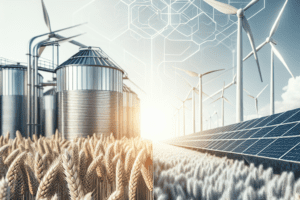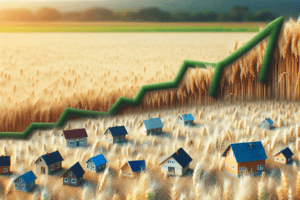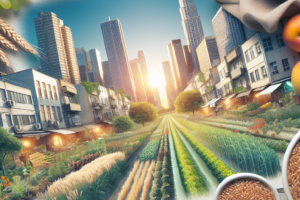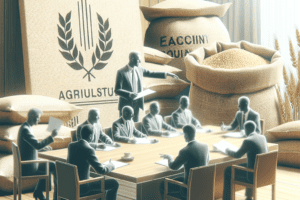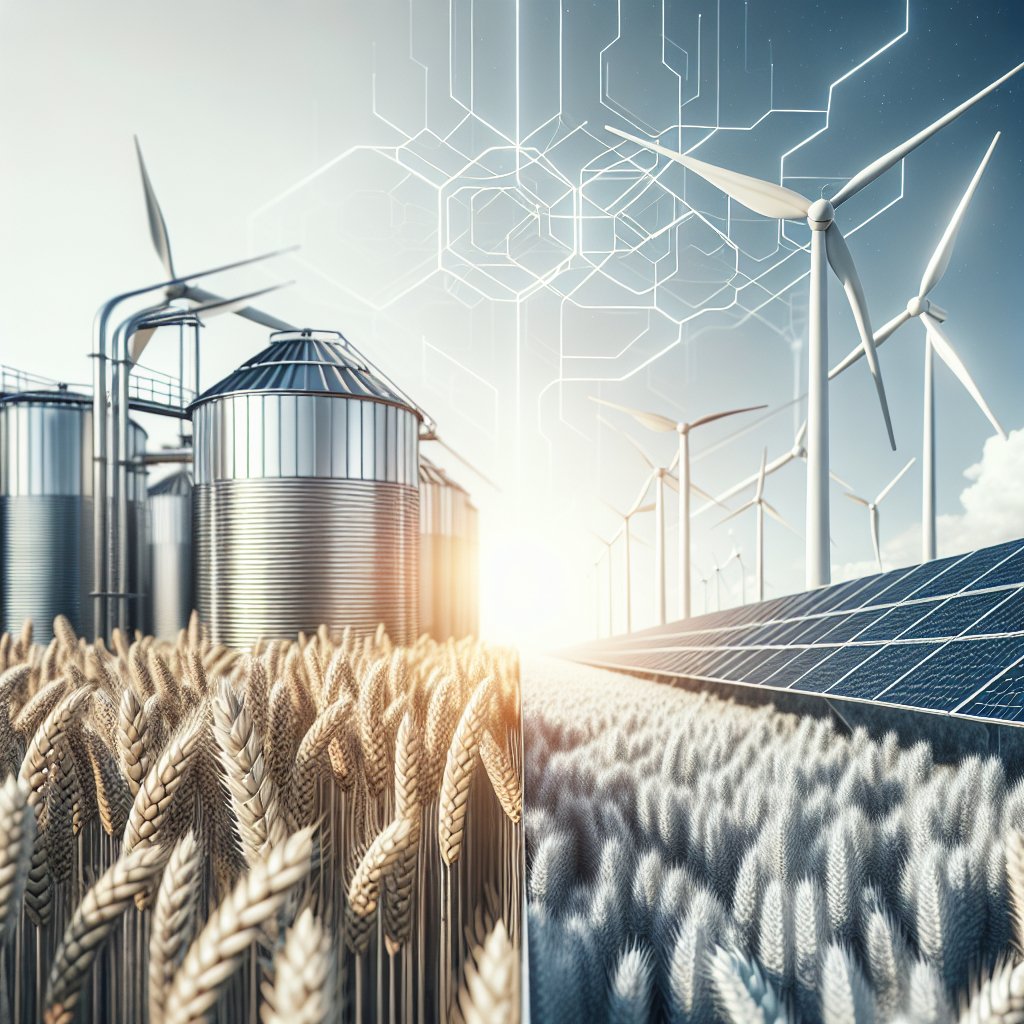Challenges in scaling vertical grain farming present a unique set of obstacles that must be addressed to fully realize the potential of this innovative agricultural practice. As urbanization continues to rise and the demand for sustainable food sources increases, vertical farming has emerged as a promising solution. However, the transition from small-scale operations to larger, commercially viable systems is fraught with difficulties. This article explores the various challenges faced by vertical grain farming, including technological, economic, and environmental factors, and discusses potential strategies for overcoming these hurdles.
Technological Challenges
One of the primary challenges in scaling vertical grain farming is the reliance on advanced technology. Vertical farms utilize a variety of systems, including hydroponics, aeroponics, and controlled environment agriculture (CEA), which require significant investment in technology and infrastructure. The following are key technological challenges that need to be addressed:
1. Infrastructure Costs
The initial setup costs for vertical farming can be prohibitively high. Building multi-story farms equipped with climate control systems, LED lighting, and irrigation technology requires substantial capital investment. For many entrepreneurs and farmers, securing funding for such projects can be a significant barrier. Additionally, the ongoing maintenance and operational costs can strain budgets, particularly for those transitioning from traditional farming methods.
2. Energy Consumption
Vertical farms often consume large amounts of energy, primarily due to the need for artificial lighting and climate control. As energy prices fluctuate, the economic viability of vertical grain farming can be jeopardized. Finding sustainable and cost-effective energy solutions is crucial for the long-term success of these operations. Innovations in renewable energy sources, such as solar panels and wind turbines, may help mitigate these costs, but the initial investment remains a challenge.
3. Technological Integration
Integrating various technologies into a cohesive system can be complex. Vertical farms often employ a combination of sensors, automation, and data analytics to optimize growth conditions. However, ensuring that these systems work seamlessly together requires expertise and ongoing technical support. The lack of standardized protocols and systems can lead to inefficiencies and increased operational challenges.
Economic Challenges
Beyond technological hurdles, economic factors play a significant role in the scalability of vertical grain farming. The following economic challenges must be considered:
1. Market Competition
As vertical farming gains popularity, competition in the market is intensifying. Traditional farming methods, which often have lower operational costs, can produce grains at a lower price point. Vertical farms must find ways to differentiate their products, whether through organic certification, superior quality, or unique varieties. Establishing a strong brand and marketing strategy is essential for attracting consumers willing to pay a premium for vertically farmed grains.
2. Consumer Acceptance
Consumer perception of vertical farming is still evolving. While some consumers are enthusiastic about the sustainability and freshness of vertically farmed products, others may be hesitant due to unfamiliarity or misconceptions about the quality of such grains. Educating consumers about the benefits of vertical farming and addressing any concerns is vital for increasing market acceptance and demand.
3. Supply Chain Logistics
Scaling vertical grain farming also involves navigating complex supply chain logistics. As farms grow in size, managing the distribution of products becomes increasingly challenging. Establishing efficient supply chains that minimize waste and ensure timely delivery is crucial for maintaining product quality and customer satisfaction. Collaborating with local distributors and retailers can help streamline these processes, but it requires careful planning and coordination.
Environmental Challenges
While vertical farming is often touted as a sustainable alternative to traditional agriculture, it is not without its environmental challenges. Addressing these issues is essential for the long-term viability of vertical grain farming:
1. Resource Management
Vertical farms rely heavily on water and nutrients to sustain plant growth. Efficient resource management is critical to minimize waste and reduce environmental impact. Implementing closed-loop systems that recycle water and nutrients can help address this challenge, but developing such systems requires investment in research and technology. Additionally, sourcing sustainable inputs is essential to ensure that vertical farming remains environmentally friendly.
2. Waste Management
As with any agricultural operation, vertical farms generate waste, including plant debris and packaging materials. Developing effective waste management strategies is crucial to minimize the environmental footprint of these farms. Composting organic waste and recycling packaging materials can help reduce landfill contributions, but these processes require careful planning and execution.
3. Biodiversity Concerns
Vertical farming often focuses on a limited number of crops, which can lead to concerns about biodiversity. Relying on monocultures can make crops more susceptible to pests and diseases, potentially undermining the sustainability of vertical farming practices. Encouraging crop diversity and incorporating companion planting strategies can help mitigate these risks and promote a healthier ecosystem within vertical farms.
Strategies for Overcoming Challenges
Despite the numerous challenges associated with scaling vertical grain farming, several strategies can be employed to address these issues effectively:
1. Collaboration and Partnerships
Building partnerships with technology providers, research institutions, and other stakeholders can help vertical farms access the resources and expertise needed to overcome technological challenges. Collaborative efforts can lead to shared knowledge, reduced costs, and innovative solutions that benefit the entire industry.
2. Consumer Education and Marketing
Investing in consumer education and marketing initiatives can help increase awareness and acceptance of vertically farmed grains. Highlighting the environmental benefits, quality, and nutritional value of these products can attract a broader customer base. Engaging with local communities and participating in farmers’ markets can also foster a connection between consumers and vertical farms.
3. Research and Development
Continued investment in research and development is essential for addressing the technological and environmental challenges of vertical grain farming. Exploring new growing techniques, energy-efficient systems, and sustainable practices can lead to innovations that enhance productivity and reduce costs. Collaborating with universities and research organizations can facilitate access to cutting-edge knowledge and resources.
Conclusion
Scaling vertical grain farming presents a complex array of challenges that require innovative solutions and collaborative efforts. By addressing technological, economic, and environmental obstacles, vertical farms can position themselves as a viable and sustainable alternative to traditional agriculture. As the demand for locally sourced and sustainable food continues to grow, overcoming these challenges will be crucial for the future of vertical grain farming and its role in feeding the world’s population.


